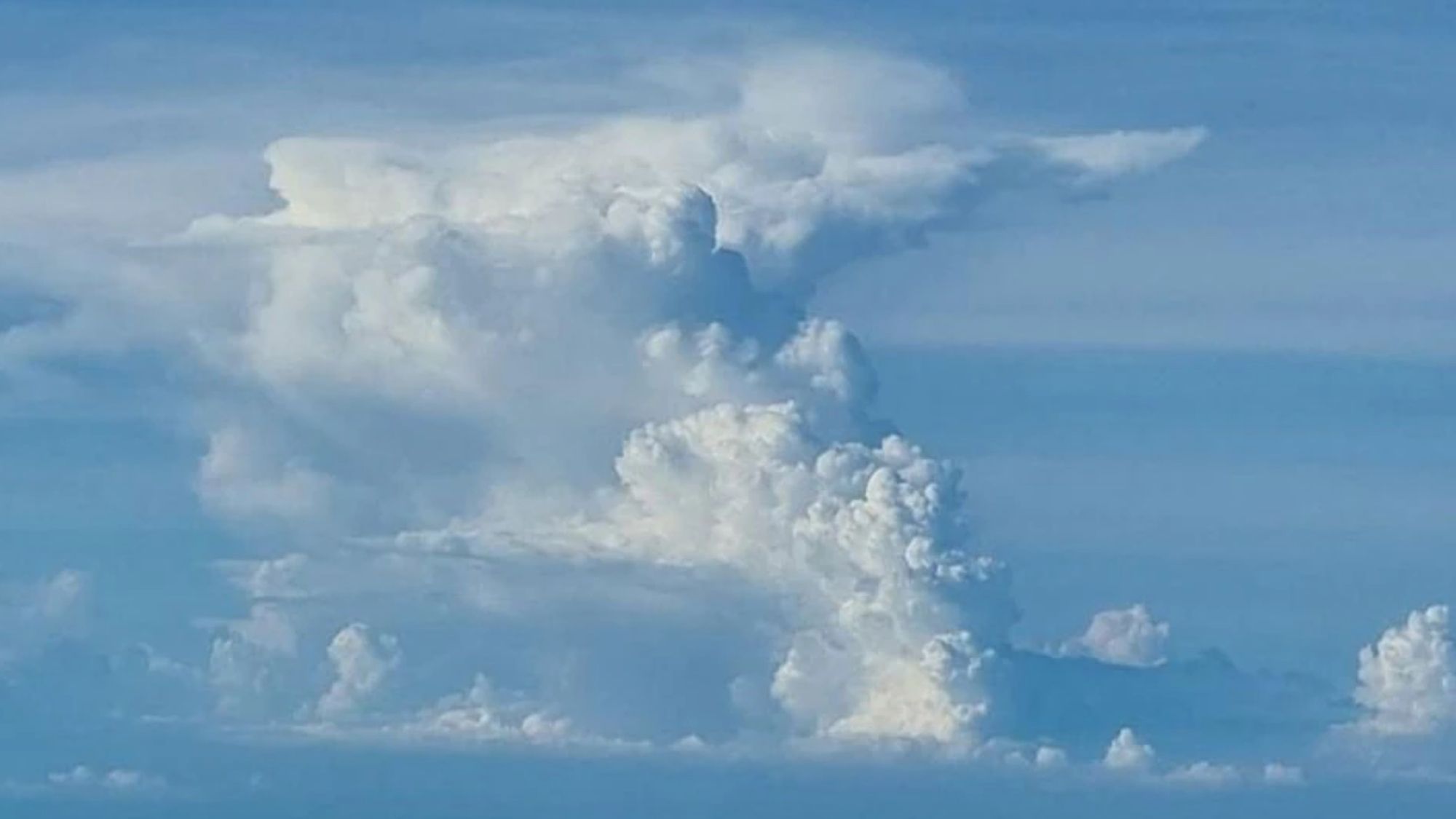Phivolcs has warned the public, especially residents near the volcano, not to venture in the vicinity of Pinatubo to ensure their safety.
NEARLY three decades after Mount Pinatubo wreaked havoc over the entire Luzon Island, authorities say there may be signs that the volcano is being active again.
An advisory issued by the Philippine Institute of Volcanology and Seismology (Phivolcs) on Tuesday (November 30) reported a "weak" explosion at the volcano between 12:09 p.m. and 12:13 p.m.
"The event produced a plume that was detected by the Himawari-8 Satellite and reported to DOST-PHIVOLCS by the Tokyo Volcanic Ash Advisory Center," Phivolcs reported.
"The seismic and infrasound signals are not typical of known volcanic processes and are currently being evaluated together with other potential sources, e.g. aircraft activity, ordnance disposal, and others," the agency noted.
However, Phivolcs also said there has been "very low" seismic activity in the past days and geochemical survey of the Pinatubo Crater Lake this November 2021 yielded low diffuse volcanic carbon dioxide (CO2) flux (257 tons per day), discounting magmatic activity beneath the edifice.
Still, Phivolcs warned the public, especially residents near the volcano, not to venture to the vicinities of Pinatubo for the present.
Entry into the Pinatubo Crater, which has been a popular tourist destination prior to the Covid-19 pandemic, were also forbidden until Phivolcs can determine the source of the explosion.
"Communities and local government units surrounding Pinatubo are reminded to be always prepared for both earthquake and volcanic hazards and to review, prepare and strengthen their contingency, emergency and other disaster preparedness plans," Phivolcs also advised.
Mount Pinatubo, considered a "dormant" volcano for over 600 years, erupted violently in 1990, causing massive destruction over Central Luzon due to lahar flow.
Tags: #Phivolcs, #MountPinatubo, #volcanicexplosion, #volcano
